The ramp is too steep. At low tide it is slick with a coat of algae. In the summer, when strong southwest winds push the water out of the river, you have to back so far down that trailer wheels can and do slip off the unmarked end of the ramp. There is no floating pier next to the ramp. You back the boat down into the water, climb up over the bow into the boat, start the outboard and back the boat off of the trailer. There is an old collapsing commercial dock a few feet away, used during much of the summer by people trying to catch crabs out of the tea-colored water. Come back in from a sail and they might - or might not - make room for you to tie up the boat while you get your car and trailer.
It is the worst ramp I have ever used, and that is how I think of it - "the worst ramp ever." But I use it every weekend for much of the year for day sailing on the Elizabeth River. While the ramp is terrible, the location is perfect.
I did not know, until I came across an 1973 map of Norfolk, that the area, marked with an "X" above and below, was once called Higgins Wharf.
The area, like all of the Norfolk on the Elizabeth River, was once commercial waterfront. Most of that history has disappeared, replaced by hotels, office buildings, a park, a marina and a baseball stadium. One old warehouse, just to the west of the boat ramp, survived on a pier up into the 1990s. The warehouse, called The Boathouse, was used for rock concerts. I never attended a show at the Boathouse, but by odd circumstance I did have a less than pleasant experience there with a man named Michael Lee Aday - better know to fans of 1980's music and the Rocky Horror Picture Show as "Meat Loaf." Meat Loaf and I parted ways, and a hurricane - Irene, I believe it was - put an end to the Boathouse.
What is now Waterside Drive was then Widewater Street, running the length of the waterfront with Norfolk and Western railroad tracks to haul goods to and from the ships that tied up at the wharves. Higgins Wharf was at the intersection of Widewater and Newcastle Streets, not too far from Newton's Creek which marked the very east end of town.
While old pilings might be all that remains of the wharf, its history can be found in bits and pieces on the internet.
- Being on the edge of town, away from the hustle and bustle of Market Square, the wharf was known to be part of the Underground RailRoad, with slaves stowing away on ships heading north.
- The wharf was a port for the Union Steamship Company's vessels City of Richmond and Pennsylvania, carrying people and goods to Richmond, Philadelphia, Baltimore, Washington, D.C. and New York
- Mondays and Thursdays Steamers left from the wharf for landings along the Dismal Swamp Canal, "sharp built vessels drawing five feet of water; lighter built vessels four feet."
- In 1862 the Higgins Wharf warehouse was seized by Capt. Edwin Ludlow, assistant quartermaster for the U.S. Army. Ludlow said that rent would be paid for use of the warehouse, but after occupying the property for two years, eight months and eleven days no rent was paid. Margaret Higgins, widow of wharf owner John Higgins, filed a claim and was paid $3236.66 for both rent and damages.
Some of our history still exists in the area. The old Naval Hospital, built in 1823; the domed Norfolk City Hall where the Confederates surrendered the town to returning Union forces; a canon ball lodged in a church wall; churches with tall spires that pre-date the civil war. I enjoy sailing on the Norfolk and Portsmouth waterfronts, and I find myself trying to picture what it might have looked like back in the 1800s.
This summer when finish my daysails and head head up the eastern branch of the Elizabeth, past the ball park, rounding the old pier that once held the Boathouse, we'll come around the corner and see not the worst ramp ever, but instead it will be Higgins Wharf, and a little bit of lost history.













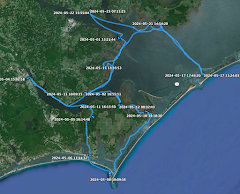
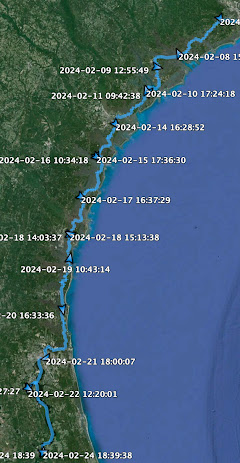

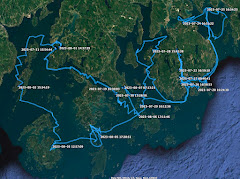

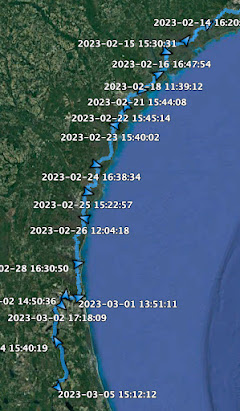

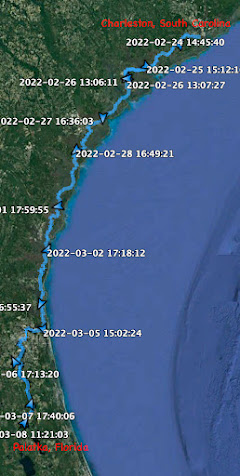
























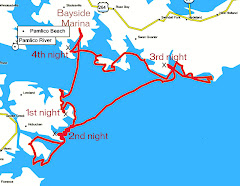


No comments:
Post a Comment